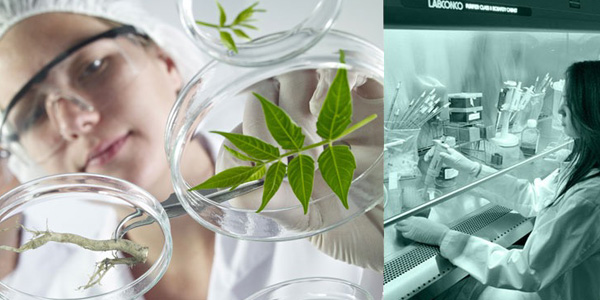Thanks again Duncan Allison for some great information.
Farming and Communication – Perhaps every industry complains about the lack of consumer understanding and knowledge of their industry. Everyone acknowledges that transportation has been completely revolutionized by affordable cars and aircraft that can take you almost within a day to any part of the world. Computers – incredible advances since the huge machines in air-conditioned offices of the 1960’s. We can be extremely proud of the incredible increases in farm productivity over the last century. In the U.S. one farmer fed 10 people in 1900, 26 in 1960 and 168 today (AFB figures, 155 often used).
This has only been achieved by immense increases in productivity and the development of a huge food industry that employs 23 million people. The farmer is the target of many new industries that have come in to existence to supply the results of science and development – the global machinery market ($126 billion), seeds (around $50 billion), fertilizers (estimate $150 billion) and so on! There is also a whole network of distributors, contractors, consultants and advisers to supply and service farmers. Just think of all those large and small organizations that supply products and services to farmers. Incidentally computer software programs and UAVs (unmanned aerial vehicles) are the latest new industries. For the most part these industries did not even exist in 1900. This progress would not have been possible without science and the investment in research and development in many different fields.
Farming is special in that soils and climate vary hugely, so new varieties of crops must be developed to yield optimally under the wide range of conditions that exist. One size does not fit all. Livestock and plant nutrition also must be tailored to each farm and even each field.
In turn the farmers produce the crops and livestock food products that eventually land on our plates. The changes in marketing the crops and livestock products have also been impressive and are probably still evolving. We have a vast and sophisticated network of processors, marketing companies, wholesalers, supermarket chains and local markets to get food quickly, safely and cheaply to the consumer.
It has been estimated that off farm costs including marketing, processing, wholesaling, distribution and retailing account for more than 80 cents of every food dollar spent in the U.S. (N.F.U.) The USDA NASS March 2017 estimate was “17.4 cents of every dollar that consumers spend.” The result is some of the cheapest and safest food in the world. Recently “U.S. households in the lowest income quintile (the poorest 20 percent of households) spent between 28.8 and 42.6 percent of their annual before-tax income on food, compared with 6.5 to 9.2 percent spent by households in the highest income quintile…. Households spend more money on food as incomes rise but a smaller percentage of household income.” In 2016 we are even spending slightly more on food purchased away from home than consumed at home.
Today our food is under much more scrutiny by a public increasingly concerned not only about the safety but increasing awareness and concern about how crops are grown and livestock raised. “It is not enough to produce the safest, most abundant and most economical food in the world; consumers must have confidence that they can trust us to do the same, while being good stewards of the land, so that there is no hesitation putting food on the dinner plates of their children, family and friends.” Thomas Context Network “As consumers ask more questions than ever before about their food, including how it was grown and processed, we know that connecting with consumers on what matters to them is essential. .” Center for Food Integrity Report.i
Crop and livestock farmers are not the only ones with the responsibility for keeping the consumer confident in their food supply. All the companies in the food chain are affected and so must not only make sure their products are used safely and sustainably but publicize the fact. Transparency is critical. “We have nothing to hide.”
How can individual farmers achieve this objective? Tough – isn’t it enough to have to master so many different skills to be successful and survive but also be good communicators? Farm visits are effective but difficult to arrange and take time. With an average age of 58.3 most farmers are unlikely to be social media savvy. However “using tools like blogs, Facebook, YouTube, Twitter, Instagram and Pinterest are simple and cost-effective ways to bring the farm or ranch to the general public and help folks regain trust in American agriculture.” These tools are particularly critical for farmers supplying local farm markets and farm stores.
Finally a plea for the continued investment in science and development. The huge advances in livestock and crop yields have only been possible through investment by government at federal and state level and by commercial companies developing new machines, chemicals and the major genetic improvements by plant and livestock breeders. Familiar themes in Farming Notes.

